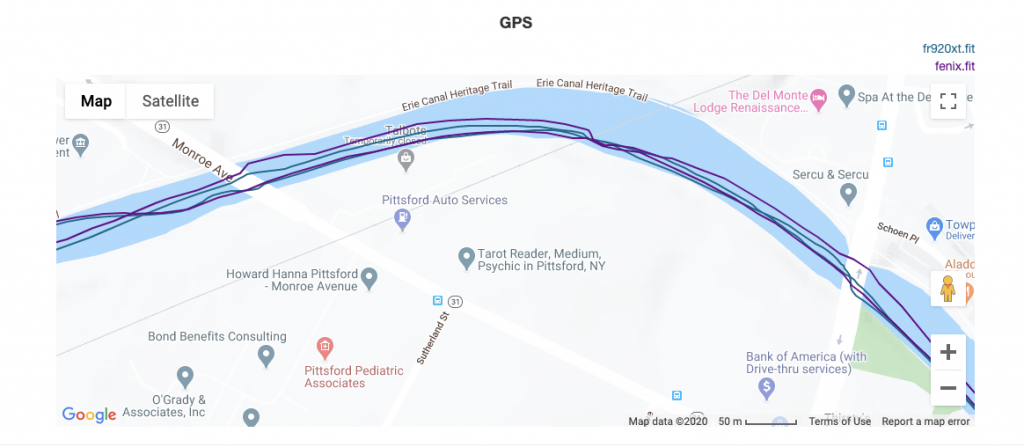It is hard to explain just what an amazing feeling it is to start paddling away off on a long easy paddle. More than the thrill and challenge of a race or the good feeling of accomplishing a hard workout, just the feeling of strength and power and accomplishment, it is what keeps me going out day after day. It’s a very zen state when your technique is good and the boat is moving effortlessly.
You know, there were a few times in my skiing and orienteering lives where I was in a state where everything was coming together effortlessly and it seemed like I was just a sponge for sensations. I’ve heard it described as “flow state”.
I can think of very specific days when it happened, like an orienteering meet at Hilton Falls where I felt like I barely had to look at my map, I just knew where I was and where I had to go. Frank Farfan was taking pictures at one of the controls and he said I was the only one who ran straight in and straight out of that control without a moments hesitation and the whole race was like that. I believe the picture he took of me ended up in the International Orienteering Federation newsletter.
Another time was on the second day of one of the Canadian Ski Marathons I did. It was a gorgeous day and I remember double poling down a gentle incline and passing a guy who said “Il fait beau, eh?” and that just summed up the entire day for me. Perfect skis, perfect wax, perfect snow, perfect day and a real feeling of being one with everything.
I was watching some YouTube videos the other day from a guy who had a v12 surfski with hatches and bulkheads that he was using for kayak tripping. I’d be damn tempted to go travel the waterways of Algonquin Park again like I did 40 years ago if I had hatches and bulkheads in my V8 Pro. They probably have sleeping pads that don’t hurt by now.




